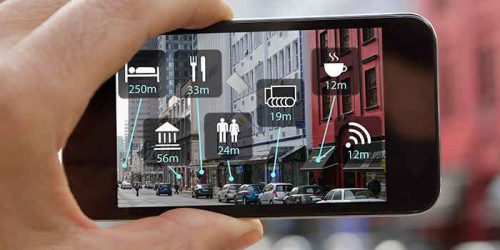Intel and Mobileye Offer Formula to Prove Safety of Autonomous Vehicles
Speaking today at the World Knowledge Forum in Seoul, South Korea, professor Amnon Shashua, Mobileye CEO and Intel senior vice president, offered the autonomous driving industry a way to prove the safety of autonomous vehicles. His solution, published in an academic paper and a layman’s summary paper, provides a formal, mathematical formula to ensure that […]
Intel and Mobileye Offer Formula to Prove Safety of Autonomous Vehicles Read More +




